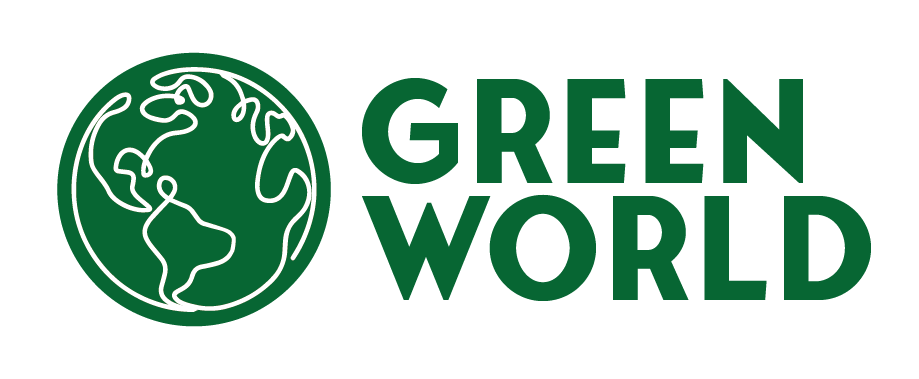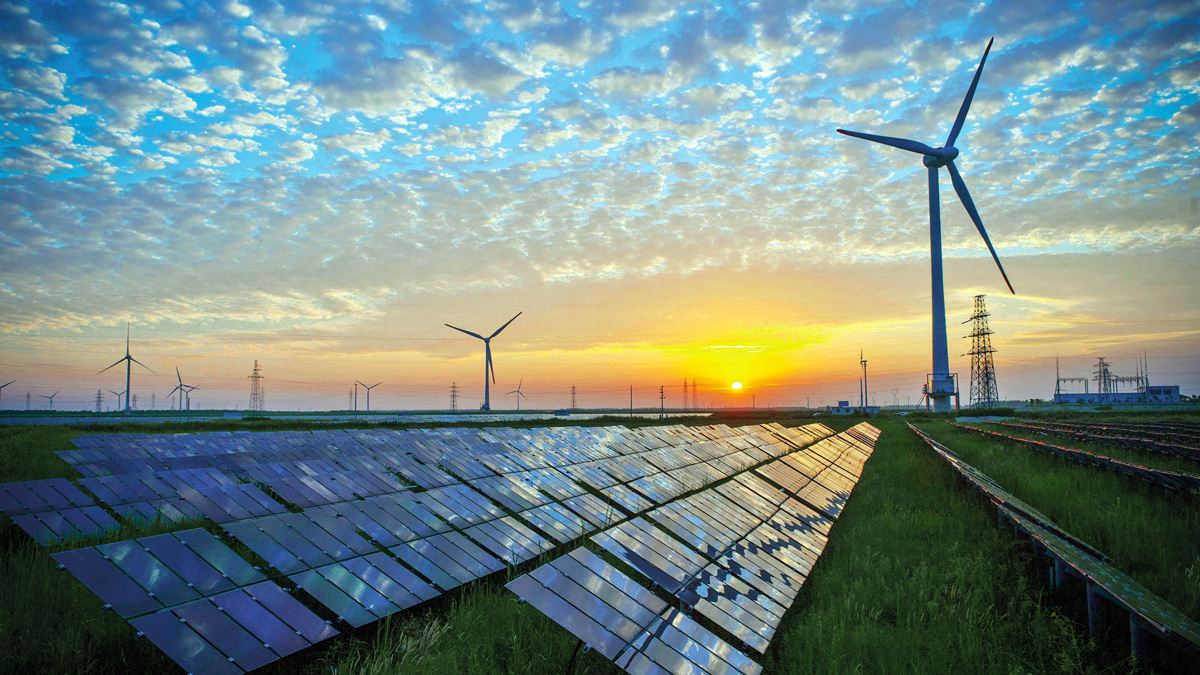The “Fostering Effective Energy Transition 2025” Insight Report, a joint effort by the World Economic Forum and Accenture, reveals a crucial turning point in global energy transition. The Energy Transition Index (ETI) for 2025 shows a robust 1.1% year-on-year increase in global scores, a rate exceeding the average 0.4% pace observed over the past three years. This accelerated recovery signals renewed momentum, yet underlying geopolitical tensions and economic volatility pose significant risks to the durability of these gains. Notably, while clean energy investment grew to over $2 trillion in 2024 (doubling 2020 levels), it still falls considerably short of the $5.6 trillion needed annually by 2030, with annual growth slowing to 11% from previous highs.
System Performance: Mixed Progress Across Key Pillars
Overall system performance improved by 1.2% year-on-year in 2025, returning to 2022 levels, driven by varied progress across its three core dimensions:
- Equity: This dimension experienced the most significant rebound, increasing by 2.2% year-on-year, almost reaching pre-COVID-19 pandemic levels. This improvement was largely bolstered by moderating energy prices and structural subsidy reforms across many nations. Despite this, price volatility remains a concern, with costs generally above pre-pandemic levels.
- Sustainability: Continuing its steady upward trajectory, sustainability saw a 1.2% year-on-year improvement, fueled by increased clean energy adoption and reduced energy and emissions intensities. However, a critical paradox emerged: global energy-related CO2 emissions reached a record high of 37.8 billion tonnes, marking a 0.8% increase. While electricity systems achieved a new high of 49% clean energy share, the average clean energy share in the overall primary energy mix remains a mere 14.8%, indicating slower decarbonization in heating, transport, and industry sectors.
- Security: This aspect largely stagnated, showing only a marginal 0.4% year-on-year improvement in 2025. This was primarily attributed to persistent vulnerabilities like limited diversification, high import dependence, and inflexible power systems prevalent in many countries.
Transition Readiness: A Crucial Slowdown
The progress in transition readiness has significantly decelerated, with a mere 0.8% year-on-year increase. This figure is considerably below its 10-year trend of 1.2% and marks the first time since 2017 that system performance (1.2%) has outpaced preparedness. This slowdown suggests potential future challenges for energy security, equity, and sustainability. Regulatory frameworks, innovation ecosystems, and investment capacity are showing signs of stagnation. A significant barrier highlighted is the disparity in financing costs, which in emerging economies are up to seven times higher than in advanced markets, exacerbating the colossal $2.2 trillion annual investment gap for clean energy. Key vulnerabilities include financial investments (potential impact of higher trade barriers), education and jobs (risks of economic slowdowns hindering re-skilling efforts), innovation (potential budget reallocations affecting public R&D), and digital infrastructure (limitations in data systems).
Regional Dynamics and Leading Nations
The report provides granular insights into regional and country-specific performances:
- Advanced Economies, notably the Nordics (Sweden, Finland, and Denmark), continue to lead the global energy transition, underpinned by robust infrastructure, diverse low-carbon energy systems, and stable long-term policies. Despite challenges like grid congestion and high prices, these economies, alongside China, accounted for over 90% of clean energy investment since 2021.
- Emerging Europe exhibited the most significant regional improvements in transition readiness, with substantial gains in infrastructure (+8.3%) and education (+5.8%). The region also recorded the strongest one-year gain in equity (+5.6%), driven by reduced electricity and gas prices.
- Emerging Asia also demonstrated strong advancements in transition readiness, marked by an impressive 18.7% increase in investment and a 2.6% rise in regulatory effectiveness. Equity improved through targeted price relief and enhanced access for rural communities, though persistent coal reliance remains a challenge.
- Sub-Saharan Africa saw improvements in regulation and policy, driven by enhanced political commitment and financial flows. Despite modest progress in rural electrification and clean cooking coverage, it remains the most equity-constrained region due to underinvestment and institutional barriers.
- The Middle East, North Africa, and Pakistan led globally in the equity dimension, benefiting from lower energy prices, high electricity access, and reductions in energy subsidies. Progress in solar and hydrogen initiatives is notable, yet significant fossil fuel dependency and grid inflexibility persist.
- Latin America and the Caribbean sustained steady progress in equity through rural electrification and stable electricity prices. High renewable energy penetration aids equity and sustainability, but institutional volatility and financing gaps for scaling clean technology hinder broader advancement.
Among individual countries, China reached an all-time high of 12th place in the ETI, propelled by its strong innovation capacity and the world’s largest clean energy investment volumes. The US ranked 17th, primarily due to robust security and improved sustainability. India made strides in energy efficiency and investment capacity. Nigeria significantly improved its ranking from 109th in 2016 to 61st in 2025, driven by advancements in financial investments and infrastructure.



